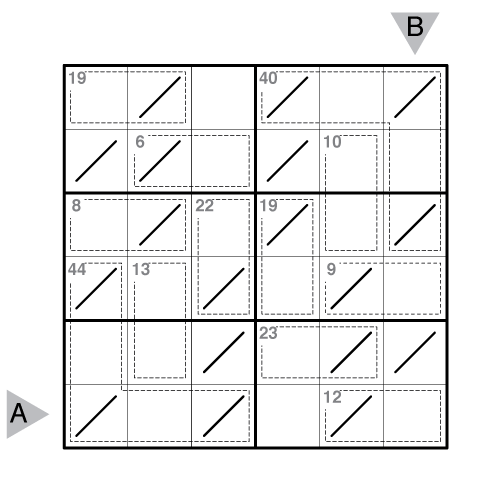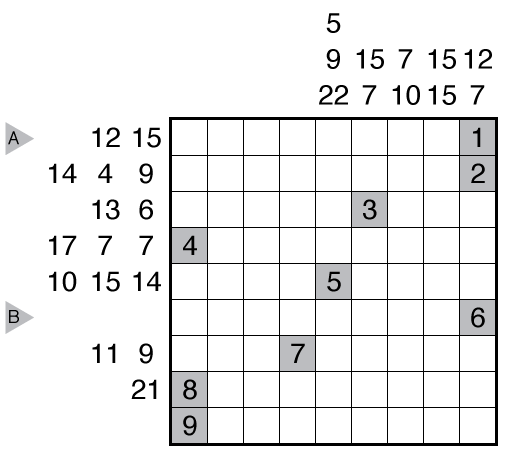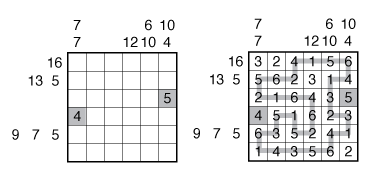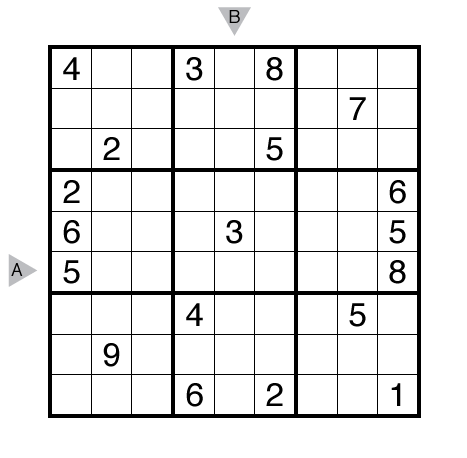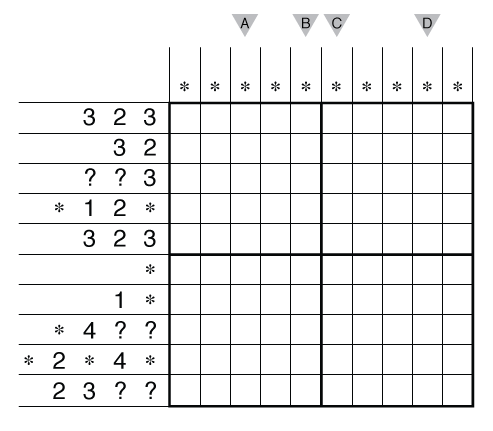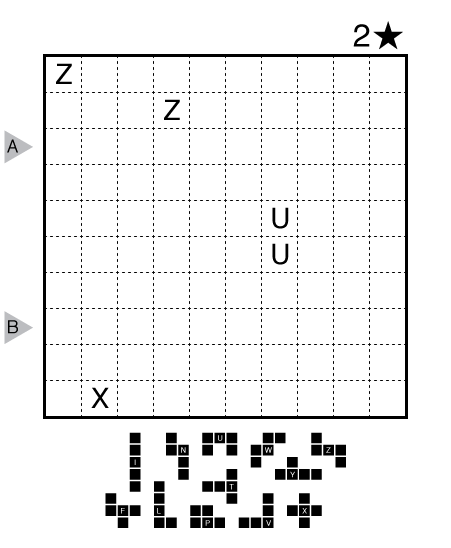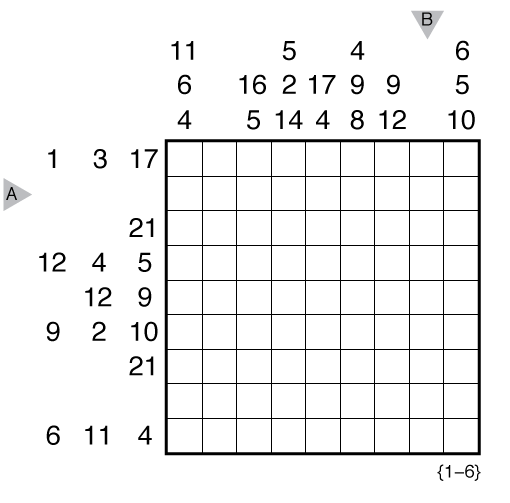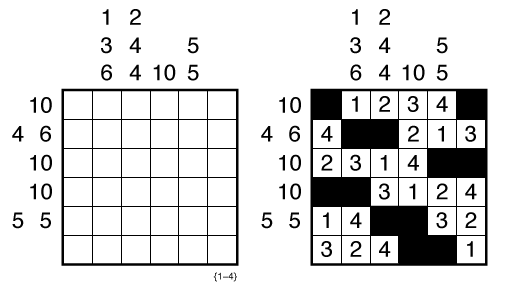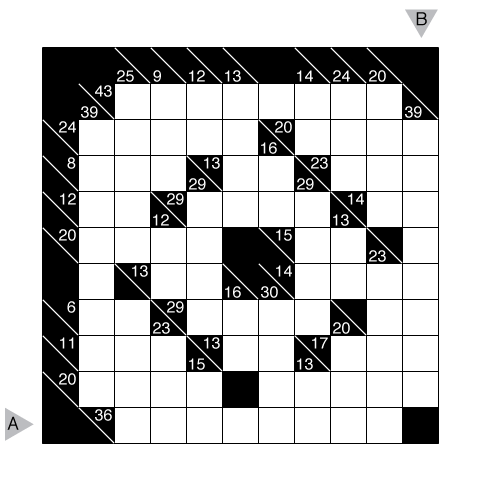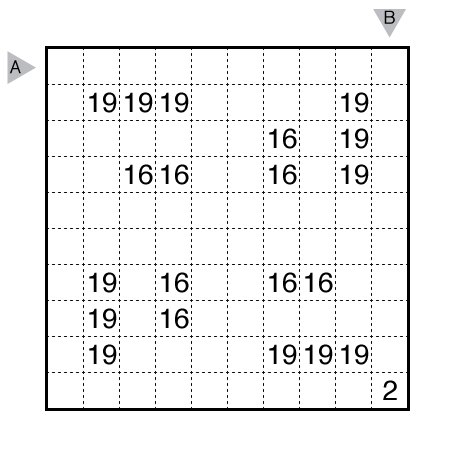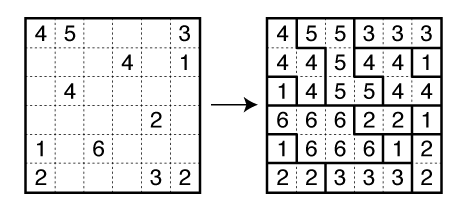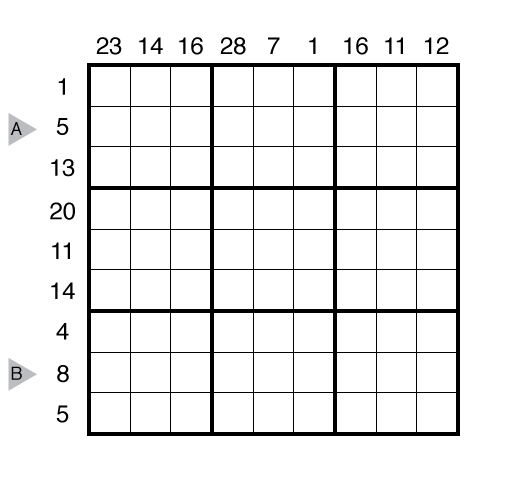Tight Fit Sudoku (Samurai) by Serkan Yürekli
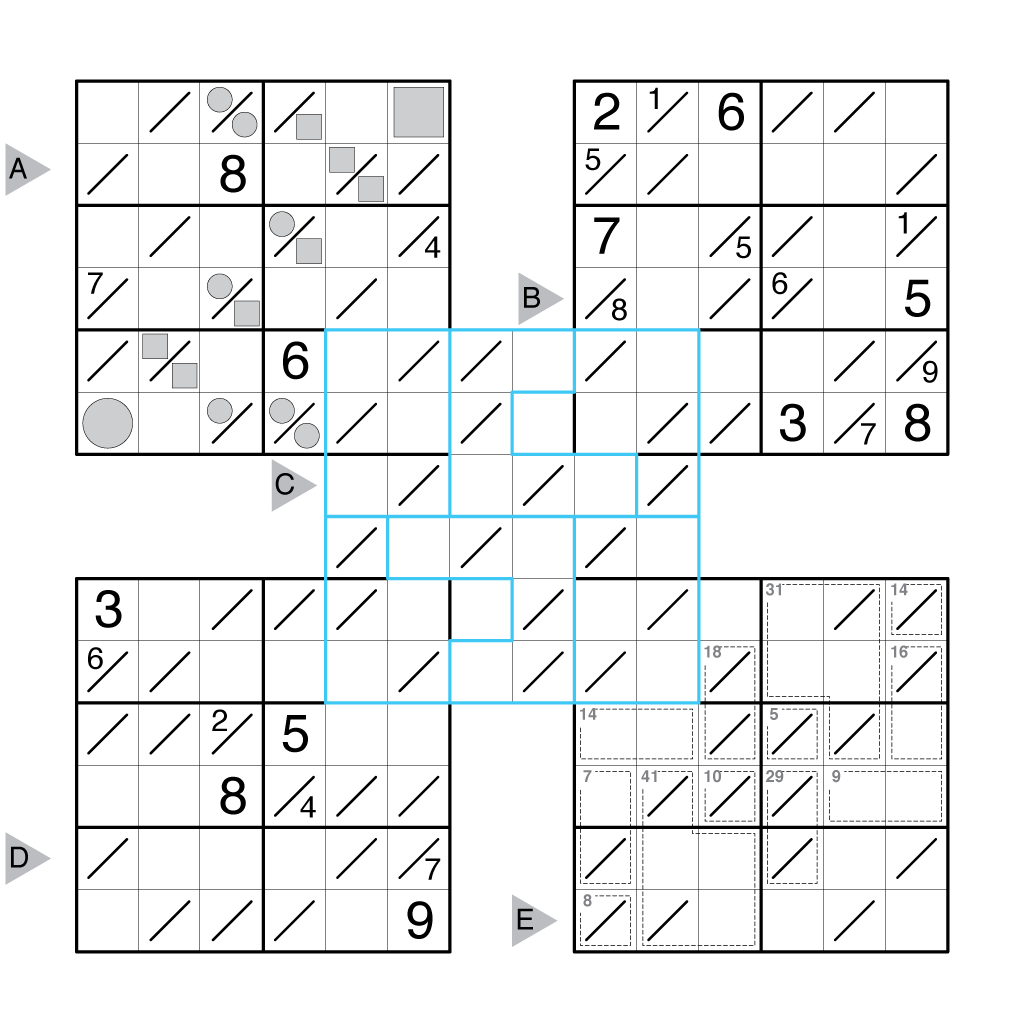
(view directly for a larger image)
or solve online (using our beta test of Penpa-Edit tools; use tab to alternate between Sudoku = big entries and Number candidate = small entries in the corners of cells.)
Theme: Clue Symmetry and Logic
Author/Opus: This is the 137th puzzle from our contributing puzzlemaster Serkan Yürekli.
Rules: Standard Tight Fit Sudoku rules with digits from 1-9. There are five grids with these extra rules:
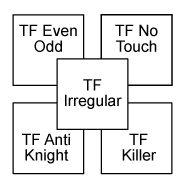
– Even/Odd (upper-left): Digits in circles must be odd and digits in squares must be even.
– No Touch (upper-right): Digits cannot repeat in diagonally adjacent cells (both digits in any “tight fit” cell are considered when checking presence in a diagonally adjacent cell). Only look within the upper-right grid when applying this rule.
– Irregular (center): Instead of 3×2 borders, the bold regions are irregularly shaped (and colored in cyan).
– Anti-Knight (lower-left): Digits cannot repeat in any cells separated by a chess knight’s move (both digits in any “tight fit” cell are considered when checking for presence in a cell a knight’s move away). Only look within the lower-left grid when applying this rule.
– Killer (lower-right): There are some dotted cages; the number clues given with these cages indicate the sum of all digits in the cage. Digits cannot repeat within a given cage.
Answer String: Enter the 2nd row in the even/odd from left to right, followed by a comma, followed by the 4th row in the no touch from left to right, followed by a comma, followed by the 3rd row in the irregular from left to right, followed by a comma, followed by the 5th row in the anti-knight from left to right, followed by a comma, followed by the 6th row in the killer from left to right. (Note: for the tight fit cells, enter the top before the bottom as would be normal for the read order.)
Time Standards (highlight to view): Grandmaster = 22:30, Master = 40:00, Expert = 1:20:00
Solution: PDF
Note: Follow this link for other Tight Fit Sudoku puzzles on this website. If you are new to this puzzle type, here are our easiest Tight Fit Sudoku to get started on. More Tight Fit Sudoku can be found in our beginner-friendly collection Intro to GMPuzzles by Serkan Yürekli and in The Art of Sudoku 2.

